Making a ride of PO Challenge Game @ European Commission
Guest Author: Pierre E. Neis
Agile Product Ownership
Making a simple record on how I used Michael’s game doesn’t really make sense in my eyes without catching the purpose and the context in where it has been performed. So, I invite you to find below the short story.
A couple of weeks ago, people from the European Commission in Brussels asked me to review the way they are running the Scrum framework. Priority has been given to improve Product Owner’s role and activities.
Light question, complicated context and customer waiting on heroic solution! How to get through this?
One of my tricks as a coach is to «hack» the kick-off meetings from an one-way informative meeting to something more collaborative-communicative-engaging.
Purpose of this journey was to evaluate the current theoretical understanding of Agile Product Ownership, to test this understanding in a simulation and to assess Product Owner’s capabilities in this context. The gathered data should bring me enough information to blueprint a current state landscape with the main pain points.
What did we learn from the PO Challenge Game?
This is a very interesting game and perfectly fitted for classical ordered management systems. The process of the game follows a non-disruptive approach: (1) read the requirements, (2) deliver the requirements, (3) evaluate progress, (4) check the outcome.
Beside the huge fun of the game, the audience discovered
- the complexity of communication between requirements and operations
- the complexity of Product Owner’s role through role switching (roles switching in the middle of the game).
What’s about role switching? Oswald De Riemaecker came with the nice idea to run the game in two times so Developer and PO can switch their roles. This is easy to do when you use small lego boxes where you can find a second plan for the same pieces. In the switch, le rules of the game are kept the same. Attendees liked a lot this phase because everybody could play the role of PO. POs could understand how they tend to communicate with Developers. Developers have understood POs job.
Lessons learned from best performers:
- best performers gave the instructions and pointed the pieces to be implemented
they directed the development - the developer wasn’t completely involved in the whole process
To be honest, in an Agile Coach perspective, I didn’t perform well (I played with) because I needed to interact with the PO. And, when I played the PO, I didn’t perform well again why waiting on developers engagement.
Last thoughts
I could say that Michael could improve his game in order to facilitate pull system: Product Backlog as a proposal and developers pulling requirements. But, the fact is that my customer loved it!
The day after this event, reviewing the work and preparing my recommendations, I pushed away my orthodox feelings to only focus on the facts. Fact is that PO Challenge Game did the job I expected to achieve.
As conclusion, PO Challenge Game is a great game to start the transition of a non-agile ordered organisation to something adapted to the complexity of development systems.
Pierre E. Neis, senior Lean Agile Coach
(The workshop was delivered in pairing with Oswald De Riemaecker.)
: Pierre Neis via flickr.com • Pierre Neis via flickr.com • Pierre Neis via flickr.com • Pierre Neis via flickr.com, .


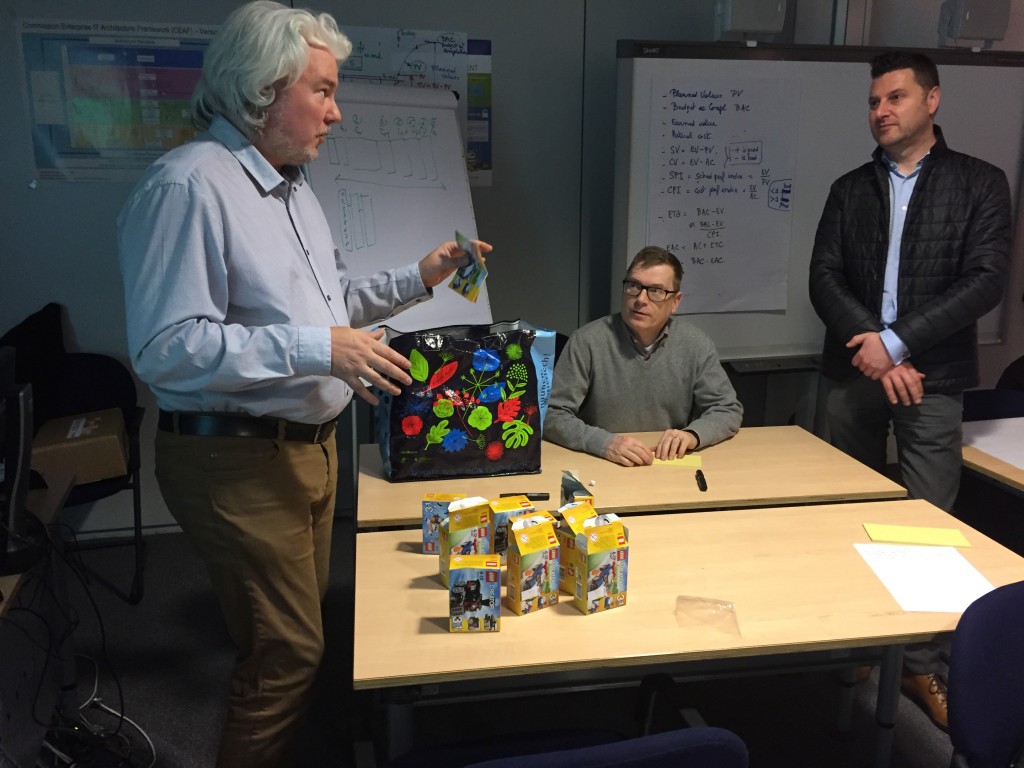
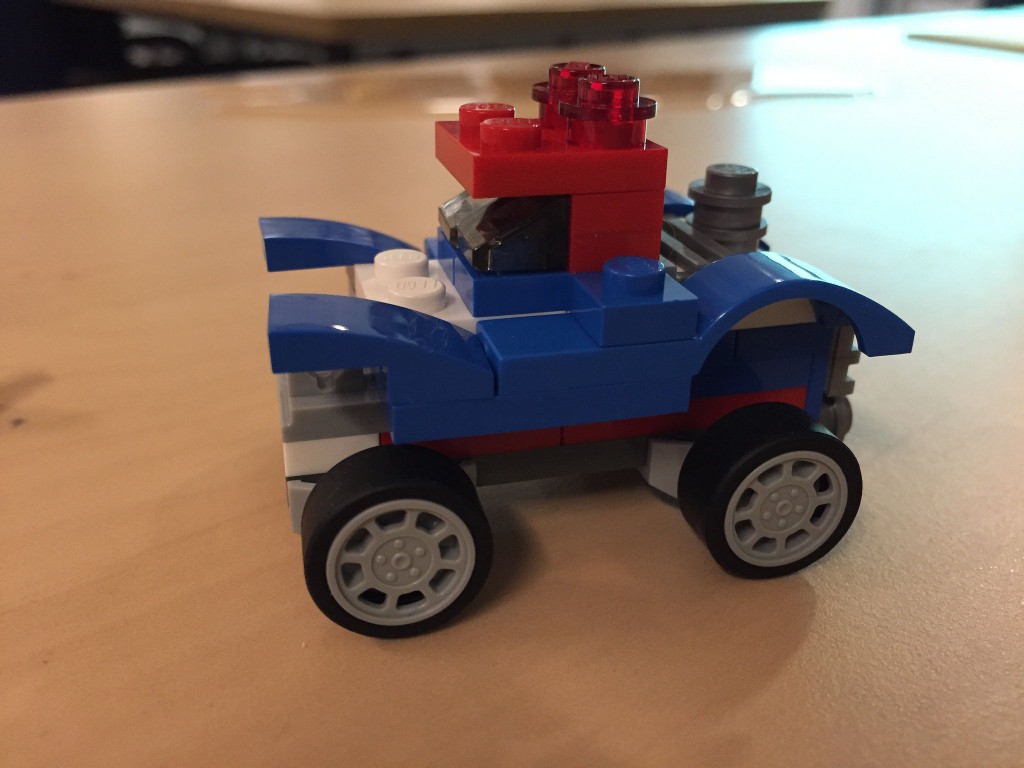
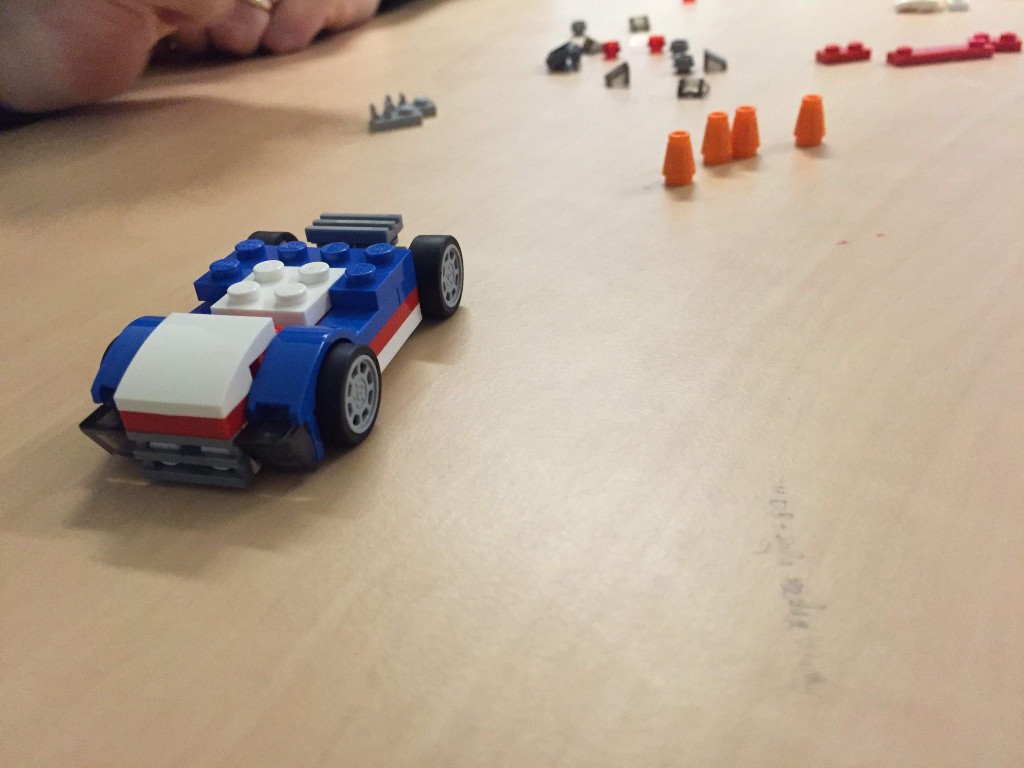
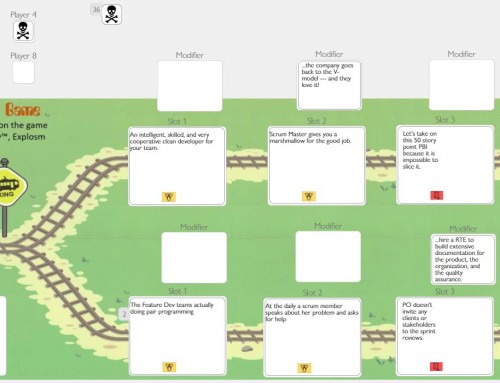
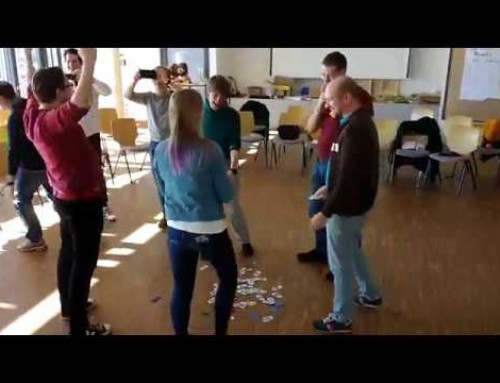

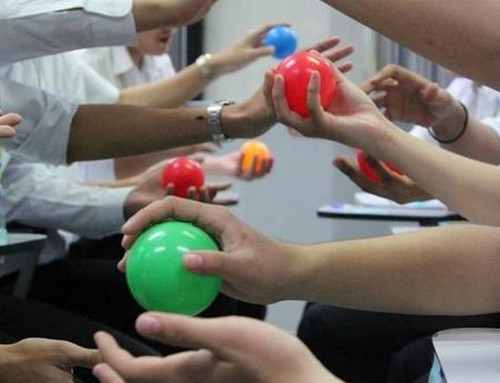

Leave A Comment